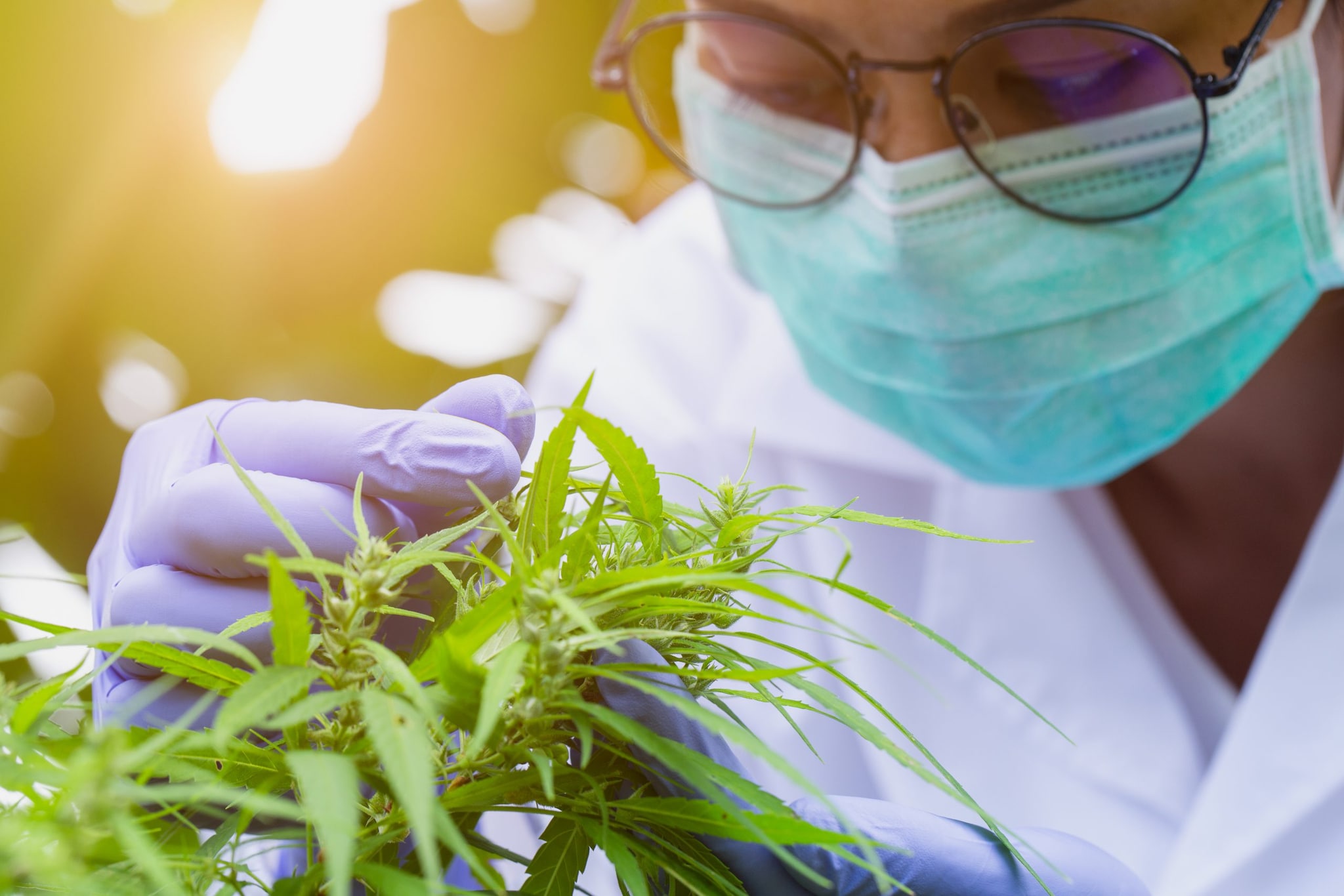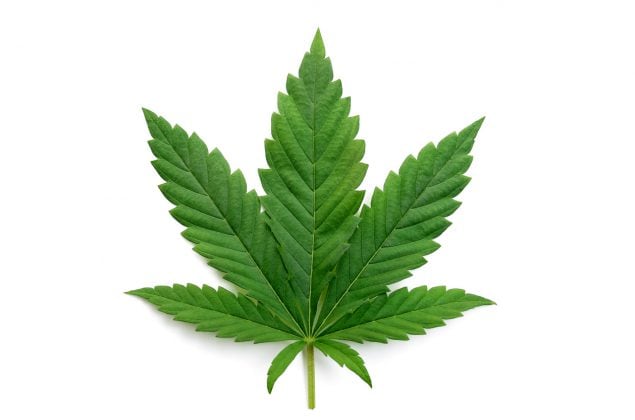"Marijuana and Youth: The Impact of Marijuana Use on Teen Health and Wellbeing
National Cannabis Awareness Month is observed in April to increase awareness and education about marijuana. While scientists are still learning about the risks and benefits of using marijuana, we know that marijuana use can harm a teen’s health and wellbeing.
Fast Facts
- In 2022, 30.7% of 12th graders reported using marijuana in the past year, and 6.3% reported using marijuana daily in the past 30 days.1
- Compared to teens who do not use marijuana, teens who use marijuana may be less likely to graduate from high school or college.2,3
- Research shows that marijuana use during teen years can harm the brain.4,5

How Does Marijuana Use Affect Teen Health?
The teen brain is actively developing and continues to develop until around age 25. Marijuana use is associated with increased risk for the following issues4:
- Harm to brain health. Marijuana use beginning in teen years or younger may affect brain development which may impair thinking, memory, and learning.
- Mental health issues. Marijuana use has been linked to depression and social anxiety in adults.4 People that use marijuana are more likely to develop temporary psychosis (hallucinations, not knowing what is real, and paranoia) and long-lasting mental disorders, including schizophrenia.
Schizophrenia is a type of mental illness where people might see or hear things that aren’t there. The association between marijuana and schizophrenia is stronger in people who start using marijuana frequently at an early age.10 - Impaired driving. Driving while impaired by marijuana is dangerous and illegal. Marijuana affects reaction time, coordination, and concentration—skills required for safe driving.11
- Increased potential for marijuana use disorder. People who begin using marijuana before the age of 18 are at increased risk of developing marijuana use disorder..."
Marijuana and Youth


